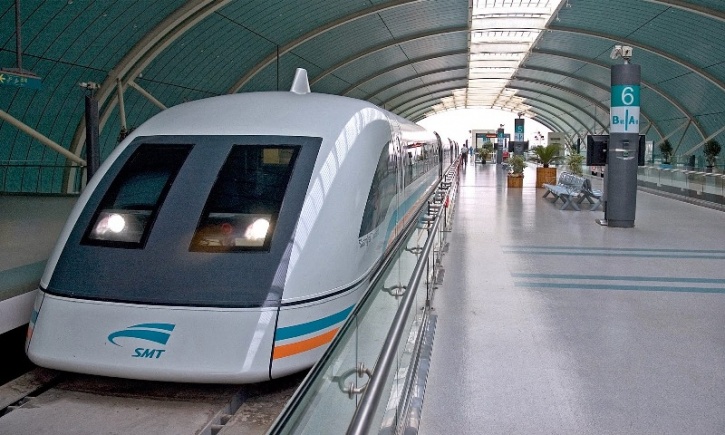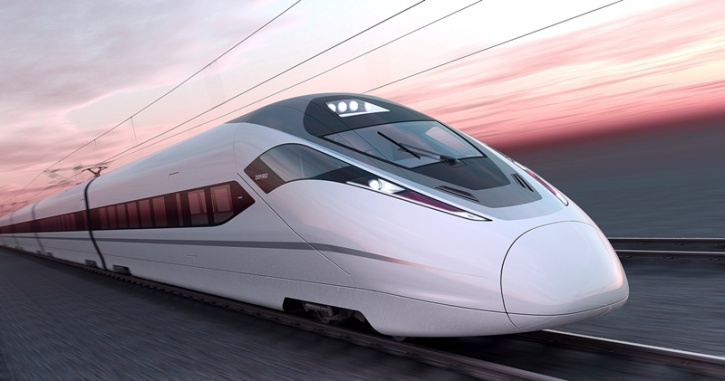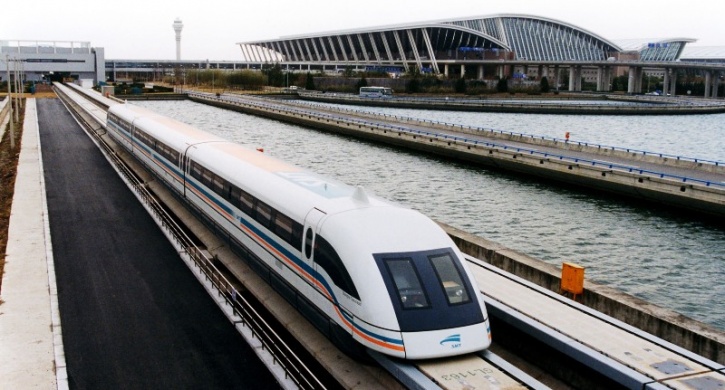What Are Exoplanets And How NASA Detects Life Beyond Our Solar System
Bharti Airtel Set To Acquire Telenor India Within This Year
Google Celebrates NASA’s Discovery Of Seven Earth-Like Planets With An Animated Doodle
Some Home Remedies That Might Sound Bizarre But Actually Work Like A Charm
Akshay Kumar Feels He Has Made Enough Money, Now Wants To Focus On Content & Characters
Delhi ATM Dispenses Fake Rs 2000 Notes From ‘Childrens Bank of India’ With ‘Churan Lable’
Adolf Hitler’s Personal Telephone During World War II Is Up For Auction In The US
From Salman Khan To Rekha, Neil Nitin Mukesh’s Wedding Reception Was Quite A Starry Affair
China To Provide Chennai With Worlds Second Largest High Speed Rail Line
Panels manufactured by US computer maker Dell line up the control centre of the China Railway Corporation (CRC), providing real-time data on the movement of 7,000 passenger trains - half of them the famed high-speed ones - and 20,000 cargo trains daily. Zhuang He, head of the control centre, is unfazed when asked about the 78 panels, lit up by blue and red lines that show the positions of the trains. "We have no problem buying from America. Ours is an integrated international purchase system. Whoever offers the best deal, we go for it," he tells a group of visiting journalists from India and major ASEAN countries. It is clear that quality and speed are the mainstay of the CRC, specifically, the High-Speed Railway (HSR). After developing the world's biggest HSR network - at 19,000 km it is longer than all of the world's high-speed lines put together - China is now looking for opportunities in neighbouring countries, including India, Malaysia, the Philippines, Singapore and Indonesia.
The proposal to go in for HSR was met with the same scepticism in China. However, it didn't take too long for the HSR lines in China to run into green from red. The Nanchang-Shanghai line started generating profit in the first year of operations. The 1,318-km Beijing-Shanghai HSR started earning money in the third year. "Last year, it made a profit of over 6 billion renminbi ($927 million) and this year, it is hoped it will exceed 10 billion RMB," Zhao said.
He admitted that China relied heavily on non-fare revenue, too, for earnings from the railways. They leased out land for shops and other commercial activities, exactly what India has been trying to achieve, as announced by railway minister Suresh Prabhu during the budget.

Apart from resistance to HSR, there were other similarities between problems faced by India and China. Land acquisition to build new lines and railway structures was one and competition from other transport sectors such as highways and airlines was another. Zhao said China had done a lot of work on resettling those whose land had been taken by the government. "We had major problems. People resisted and so did the local governments. It was not easy getting each and everyone on board," he explained.
Comparing the pricing of tickets of various modes of transport, the Chinese railway chief said the fare for a regular passenger train is 10 cents per km, while second class on HSR costs 48 cents per km and first class costs 80 cents. An air ticket, on average, came to about 1 RMB per km. While acknowledging that HSR rates were high, Zhao said this was after airlines had been forced to lower their rates since they were losing out to HSR.
Arguing in favour of HSR, Zhao said the benefits by far exceeded the problems. He talked about the "one-city effect" brought about by HSR, which integrated cities in a seamless manner. "HSR is not magic but I should say it is needed for the country's economic and social development. It is a good thing and we are happy to share our experiences with other countries," Zhao said.






